
Copernical Team
Satellites detect large methane emissions from Madrid landfills

High-resolution satellites have detected substantial quantities of methane leaking from adjacent landfill sites close to the centre of Madrid, Spain. Using data from the Copernicus Sentinel-5P mission combined with GHGSat’s high-resolution commercial imagery, scientists from the SRON Netherlands Institute for Space Research and GHGSat discovered both landfill sites combined emitted 8800 kg of methane per hour in August 2021 – the highest observed in Europe by GHGSat.
NASA pushes back crewed Moon landing to 2025 or later
 The United States will send a crewed mission to the Moon "no earlier than 2025," NASA chief Bill Nelson told reporters on Tuesday, officially pushing back the launch by at least a year.
A target of 2024 was set by the administration of former president Donald Trump when it launched the Artemis program.
But the program has since faced numerous development delays ranging from its vehicles
The United States will send a crewed mission to the Moon "no earlier than 2025," NASA chief Bill Nelson told reporters on Tuesday, officially pushing back the launch by at least a year.
A target of 2024 was set by the administration of former president Donald Trump when it launched the Artemis program.
But the program has since faced numerous development delays ranging from its vehicles NASA pushes back crewed Moon landing to 2025 or later: agency chief
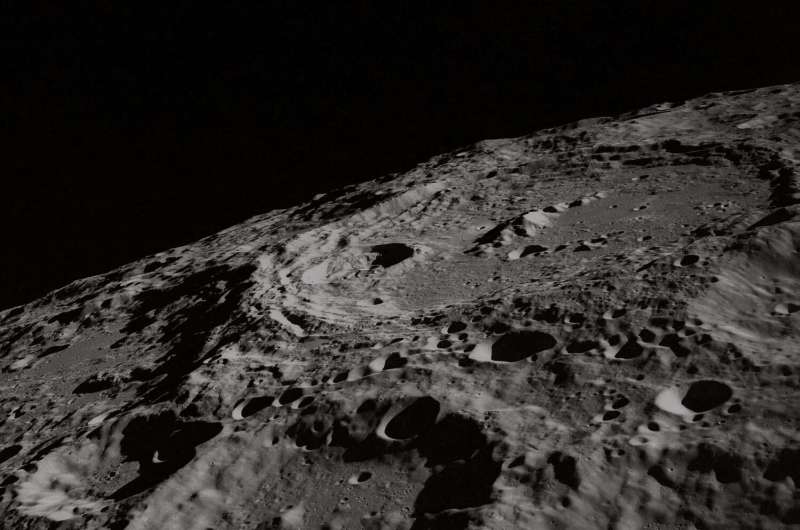
The United States will send a crewed mission to the Moon "no earlier than 2025," NASA chief Bill Nelson told reporters on Tuesday.
A target of 2024 was set by the administration of former president Donald Trump when it launched the Artemis program, but it has faced numerous delays, including most recently litigation with Jeff Bezos' Blue Origin which unsuccessfully sued after losing a lander contract to SpaceX.
© 2021 AFP
NASA tests beacon for safe recovery of astronauts on Artemis missions

NASA and the U.S. Navy are wrapping up the ninth in a series of tests at sea. They're verifying and validating procedures and hardware that will be used to recover the Orion spacecraft after it splashes down in the Pacific Ocean following deep space exploration missions.
Major endorsement for new space mission to find 'Earth 2.0'
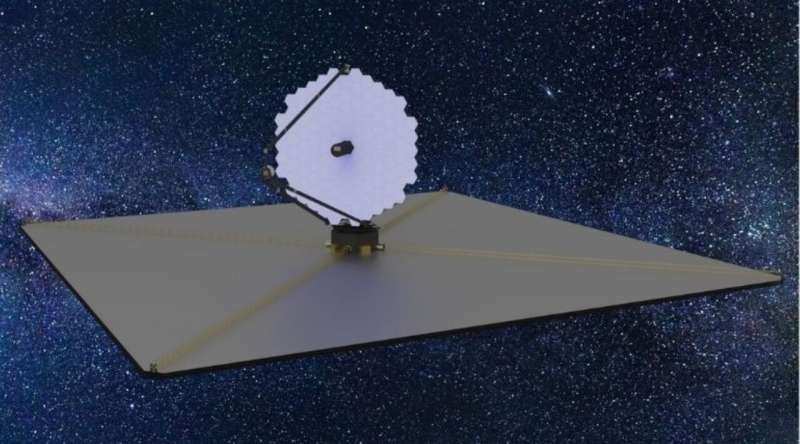
A major new space telescope searching for 'Earth 2.0'—to Succeed Hubble and the soon-to-be-launched James Webb Space Telescope (JWST)—is one step closer to reality.
The Large Ultraviolet Optical Infrared Surveyor (LUVOIR) is a leading mission concept to meet the recommendations of the long-awaited Astro2020 Decadal Survey, which identifies three 'priority scientific areas' for investment in astronomy and astrophysics in the U.S. over the next 10 years and beyond.
Martin Barstow, Professor of Astrophysics and Space Science at the University of Leicester, was appointed by the UK Space Agency as an external observer to the LUVOIR study team, and is co-author of the report backing the proposal. He is also chair of the Space Telescope Institute Council, which provides oversight to the body operates Hubble and will operate JWST.
Professor Barstow says that "Earth-like planets orbiting other stars are enormously difficult to find and detecting them is beyond the capabilities of our current planned space missions, but we are developing the technologies to carry out this search and are close to having the tools ready to fly in space.
Watch live: liftoff of Crew-3 to space

Tune in from Wednesday 10 November at 21:45 GMT/22:45 CET to see ESA astronaut Matthias Maurer be launched to the International Space Station for his first mission, Cosmic Kiss.
Webb’s Ariane 5 core stage made ready
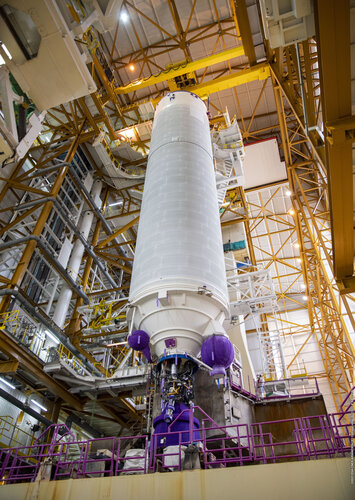 Image:
Webb’s Ariane 5 core stage was raised vertical in the launch vehicle integration building at Europe’s Spaceport in French Guiana
Image:
Webb’s Ariane 5 core stage was raised vertical in the launch vehicle integration building at Europe’s Spaceport in French Guiana Off-world colony simulation reveals changes in human communication over time with Earth

Elton John famously sang that Mars "ain't the kind of place to raise your kids", but one day space agencies across the globe hope to prove him wrong by seeing the first human set foot on the Red Planet, and potentially colonizing it or any other moon or planet.
However, those who make the journey will not only have to survive on a freezing planet with no breathable atmosphere, but live in isolation unlike any other explorers in human history.
At its closest proximity, Mars is still almost 55m km away from Earth, making communication delays and supply issues between the two worlds unavoidable. This requires crew members to effectively cope with stressful conditions by themselves, with limited autonomous resources available on board.
With little chance of conducting a trial run in space, scientists have resorted to terrestrial experiments to see how astronauts cope with such challenges. A previous isolation experiment called Mars-500 revealed a psychological detachment from mission control among those who took part, raising fears that it could lead to resistance from future crews in deep space to any commands.
SpaceX returns 4 astronauts to Earth, ending 200-day flight
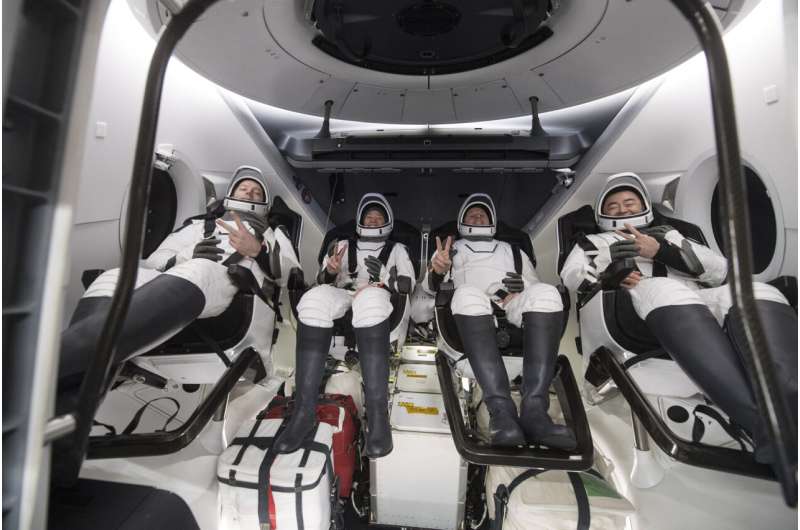
People with disabilities have been locked out of spaceflight, but that is changing
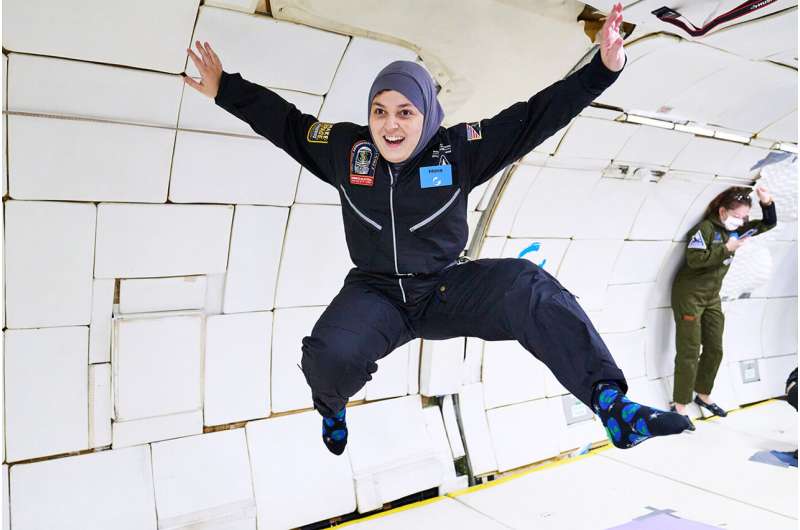
As the airplane tilted steeply upward, Mona Minkara experienced gravity like never before.
"It feels like a huge pressure is on you, and the skin of your face is being pulled over the bones of your skull," she says.
